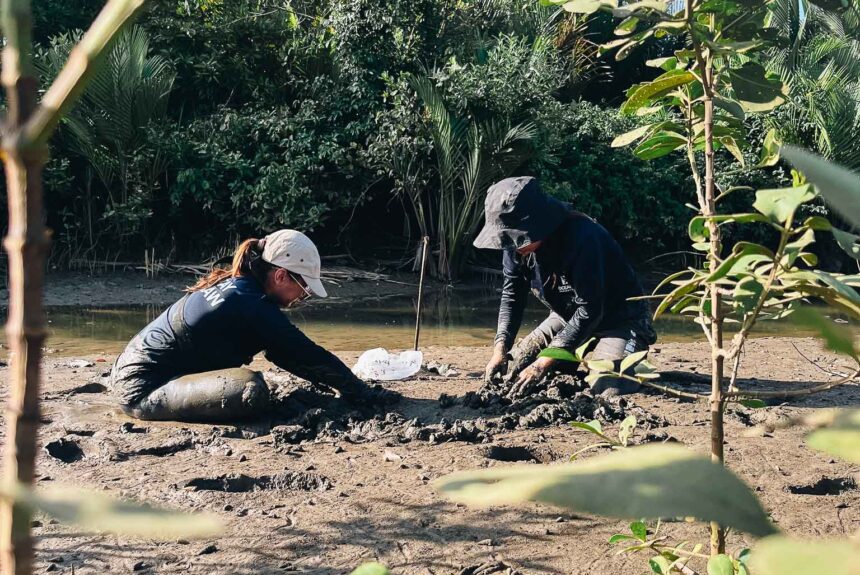After completing restoration efforts in Cagwait, Oceanus Conservation’s Blue Carbon Program enters its livelihood phase. To expand restoration across neighboring areas, site assessments were conducted in February 2025 to identify nearby municipalities with degraded mangrove areas and communities aligned with our goals for ecological rehabilitation.
This expansion also aligns and supports DENR’s effort in restoring Abandoned, Undeveloped, and Underutilized areas to mangrove forest.
Project Launch in Tago
The municipality of Tago welcomed Oceanus Conservation with open arms, alongside the Purisima Aquaculture Farming Association (PAFA). According to the Coastal Fisheries and Resource Management Plan set for 2022-2026, Tago is home to approximately 534.83 hectares of mangrove ecosystems. Oceanus presented the mangrove restoration project to key stakeholders including Mrs. Nelsan Luna, MENRO Designate, Mr. Nelmar Lapatis, Head of the Department of Agriculture – Fisheries Division, Mr. Darylle Montenegro, President of PAFA, and Mrs. Maria Victoria Araño, Vice President of PAFA.
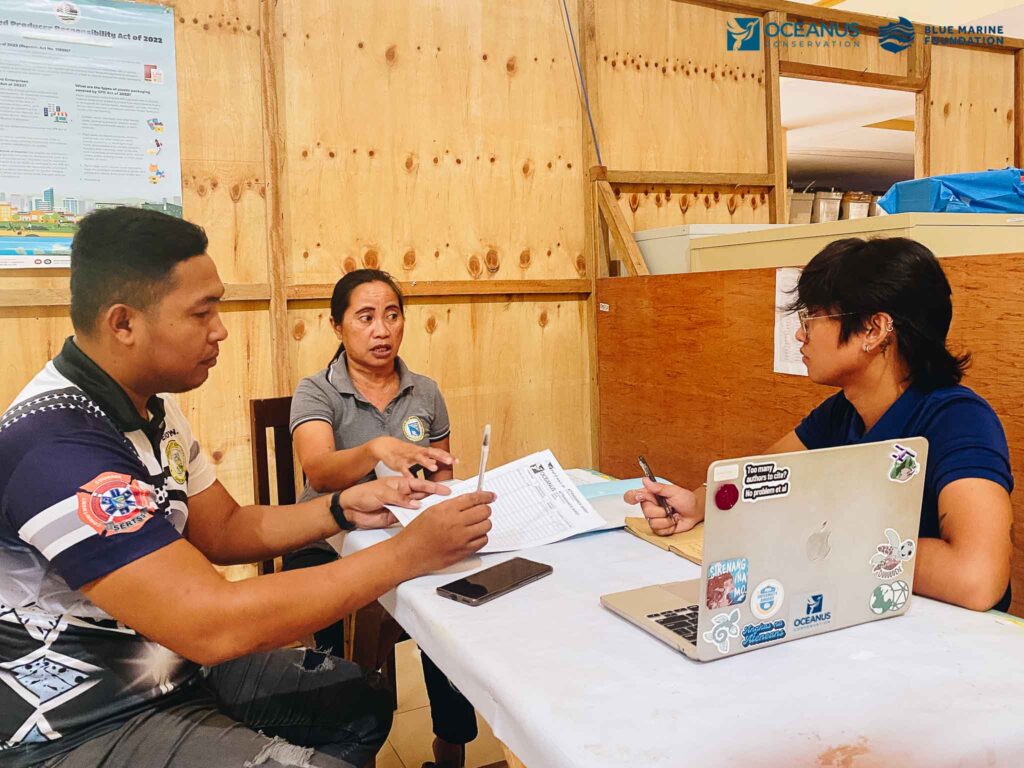
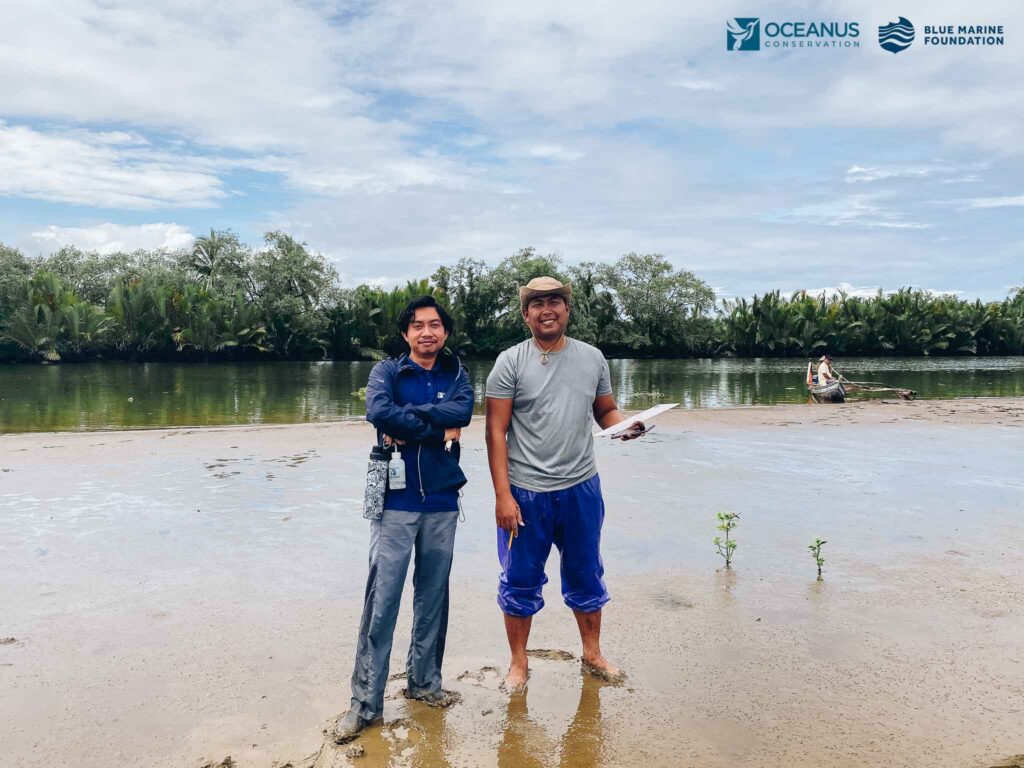


From February to March, the Oceanus team assessed abandoned fishponds as potential restoration sites with LGU representatives and community members.
To ensure the project aligns with the community’s needs and local context, Oceanus conducted site visits and a Knowledge, Attitudes, and Practices (KAP) survey. This helped us understand how the community perceives, interacts with, and manages their mangrove ecosystems.
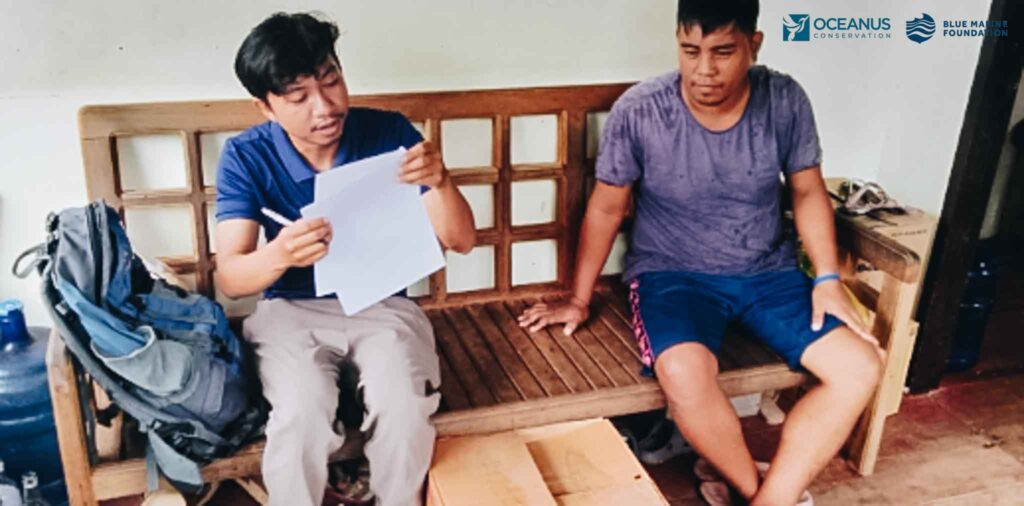
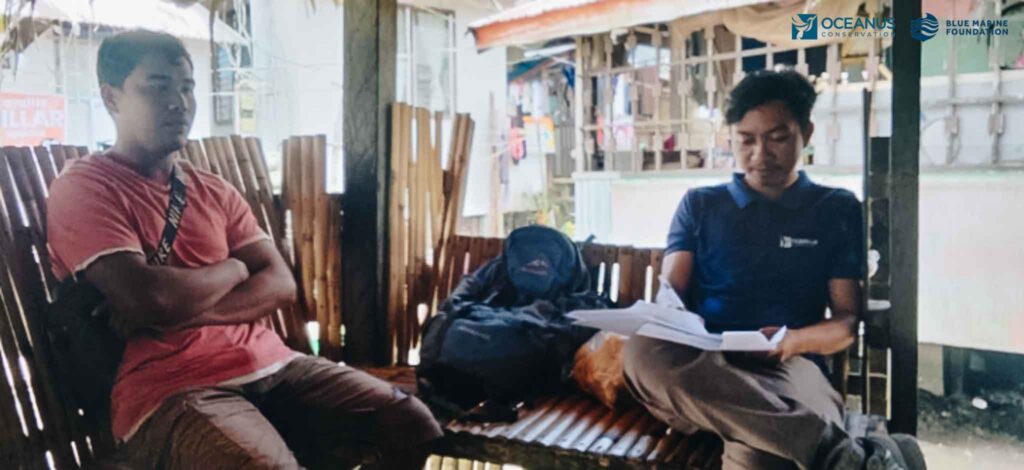
Ecological Mangrove Restoration Training
A Community-Based Ecological Mangrove Restoration (CBEMR) training was conducted and engaged 25 community members. The workshop aimed to integrate scientific and local ecological knowledge and introduce best practices for effective restoration with toolkits and field guides distributed. Participants engaged in hands-on sessions on site selection—learning when to plant, where to plant, and which species to plant depending on ecological zones.
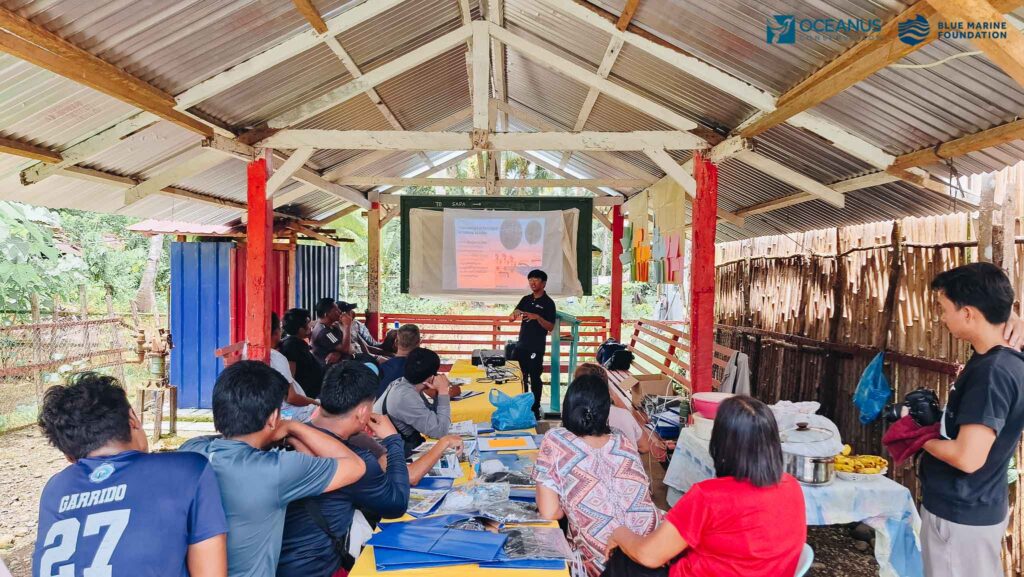
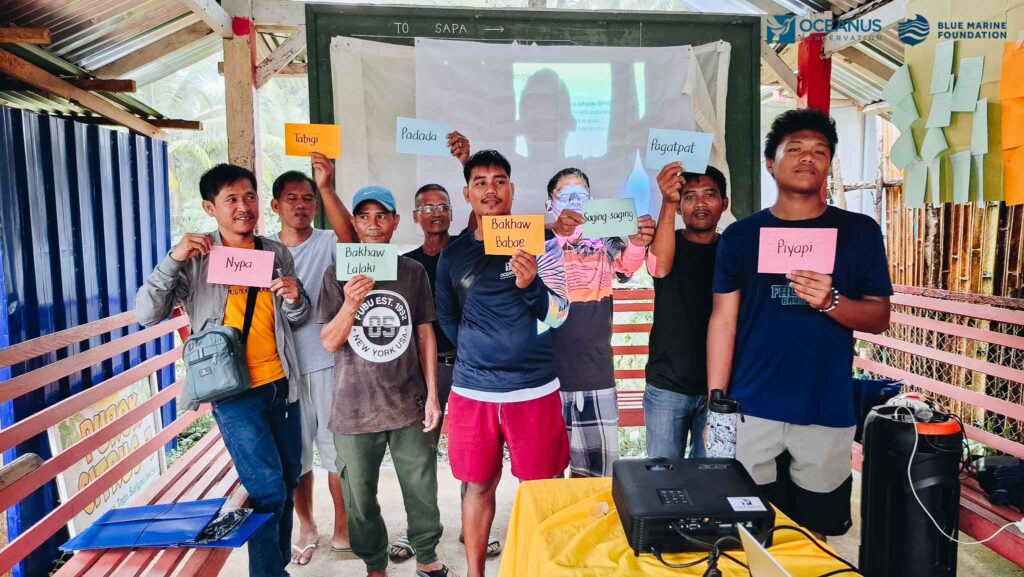
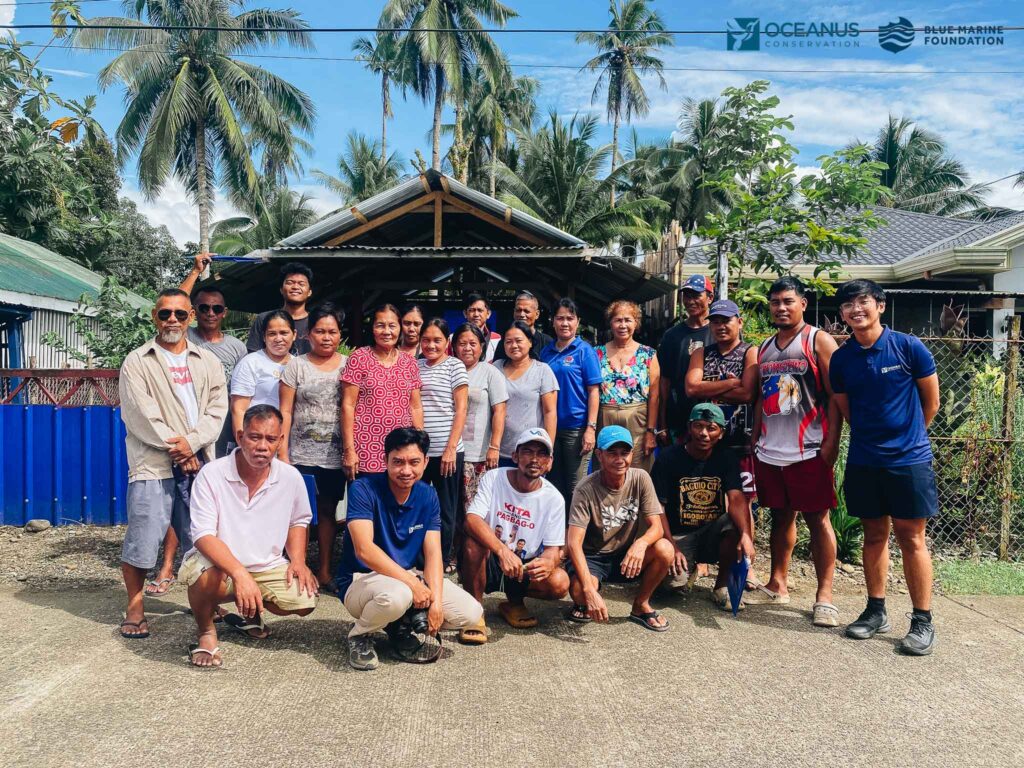
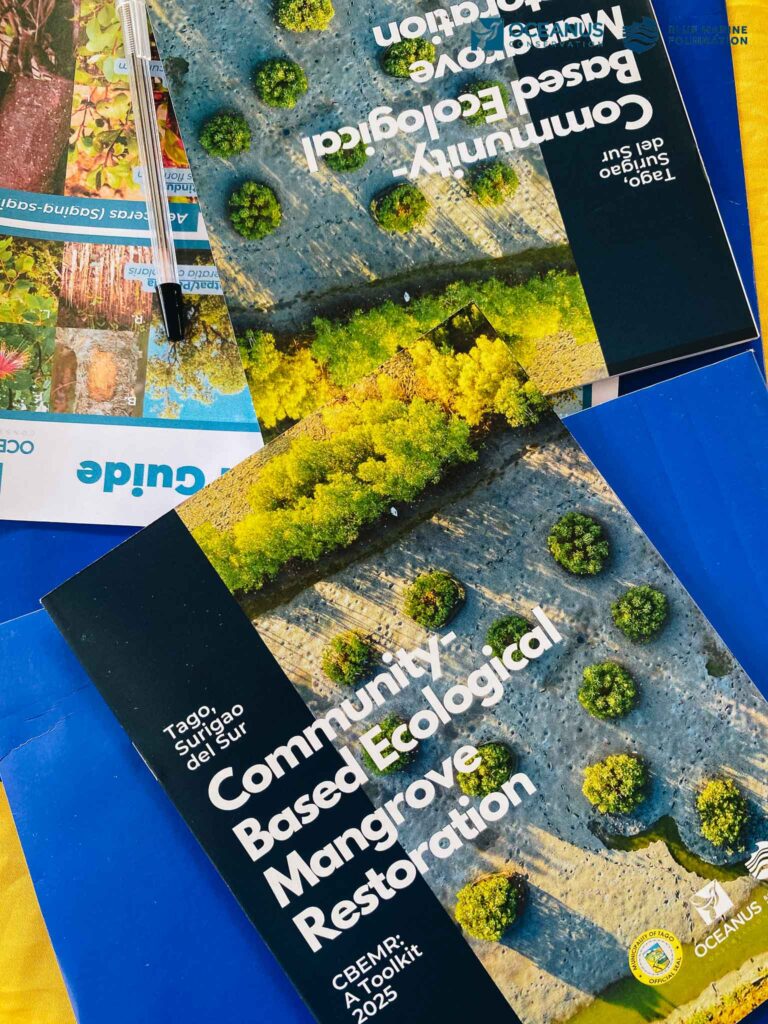

Biodiversity Assessment
Prior to any rehabilitation, the Oceanus team, led by Jim Gasta, Fae Ucat, and Chiussie Emeterio, focused on macroinvertebrates and bird species to help track ecological changes after restoration with the assistance of interns El Razon and Steph de Jesus.
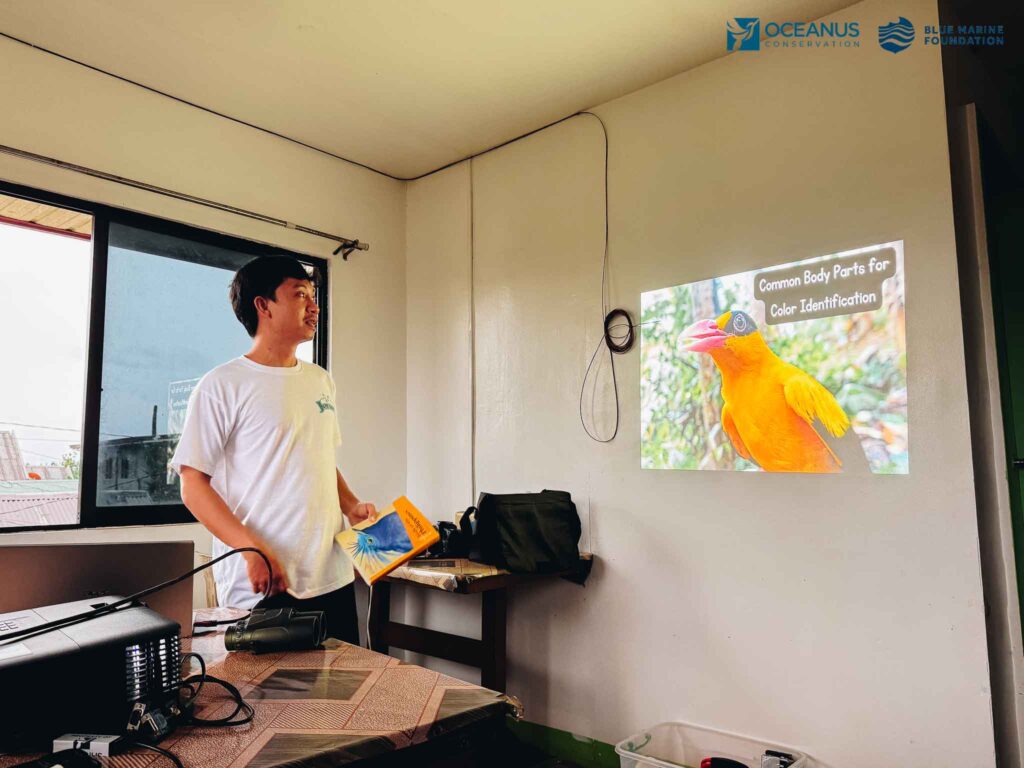

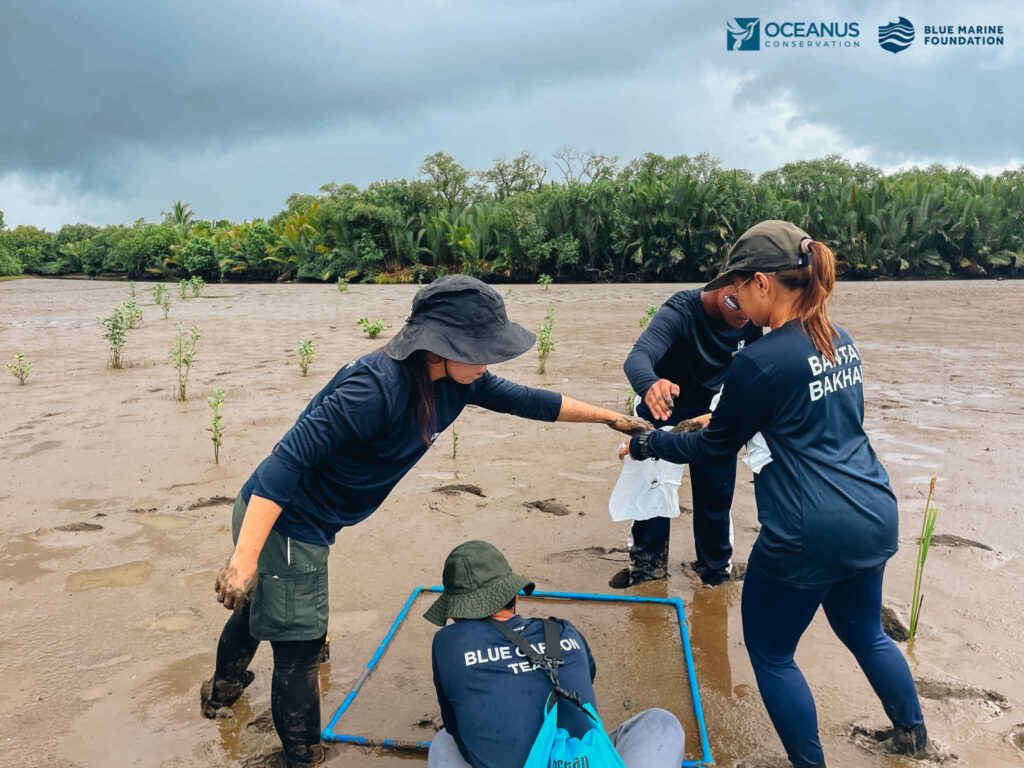
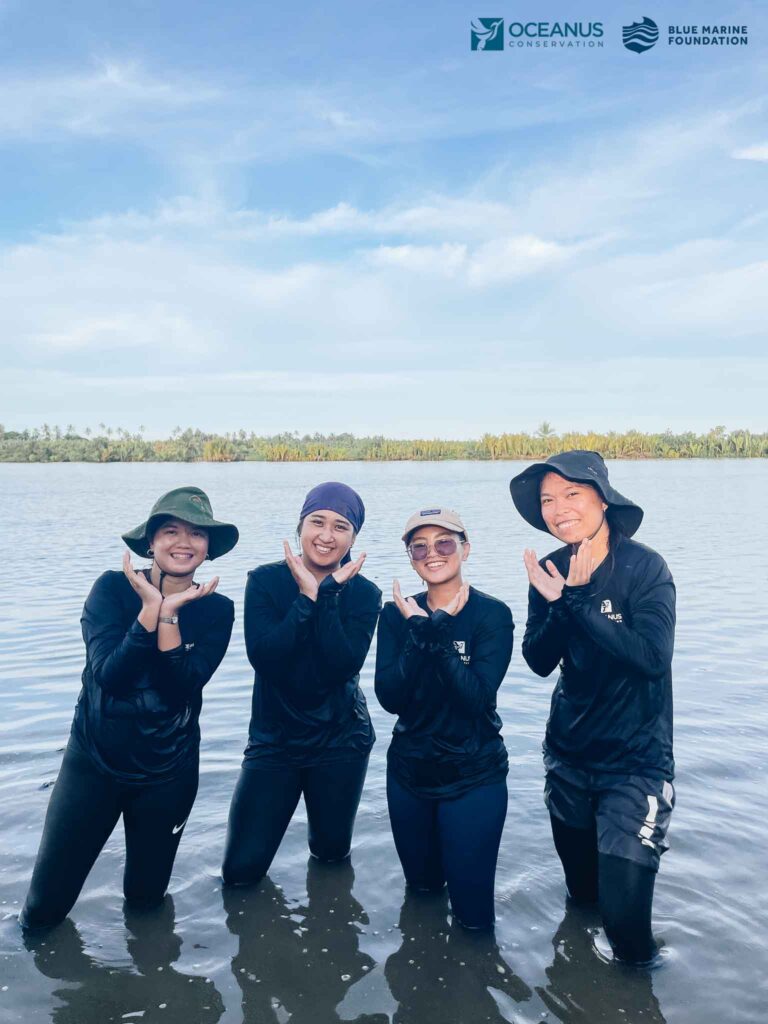
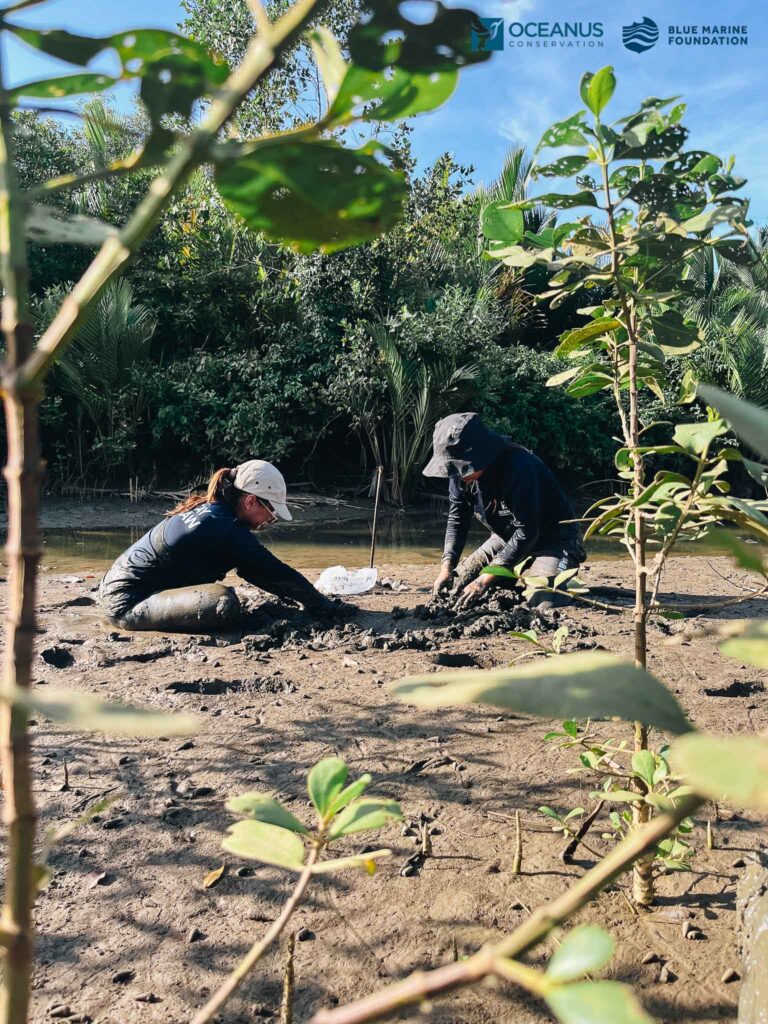
Simultaneously, a mangrove nursery was established to propagate native species found in the degraded areas. The first phase of restoration will begin this July.
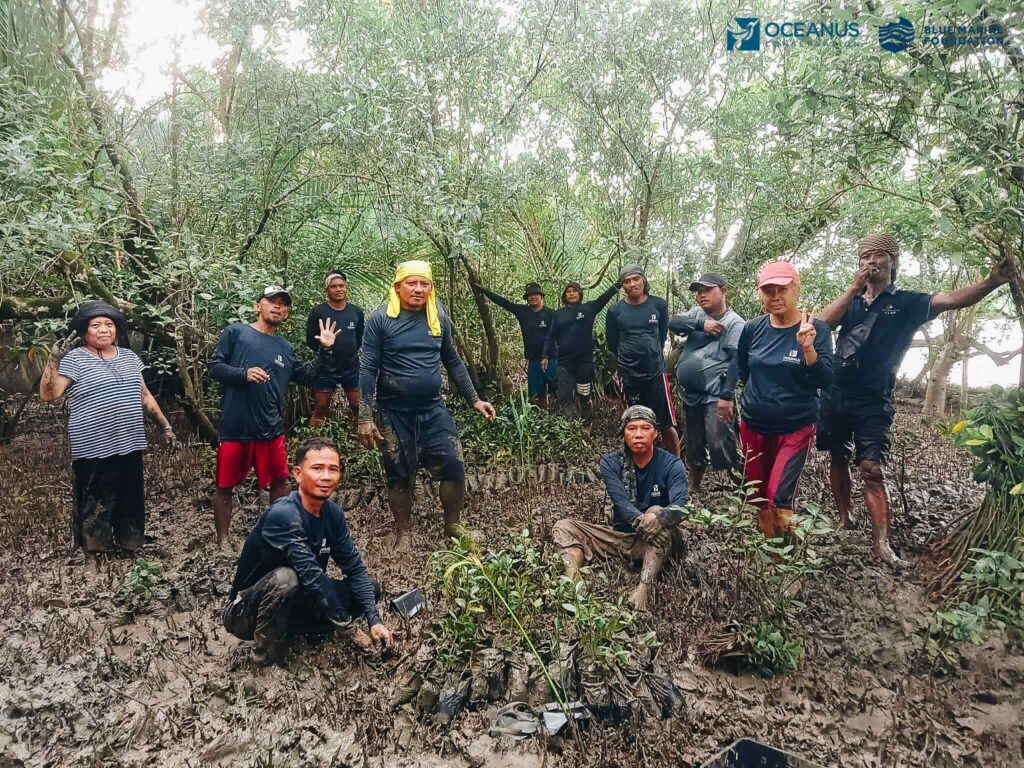


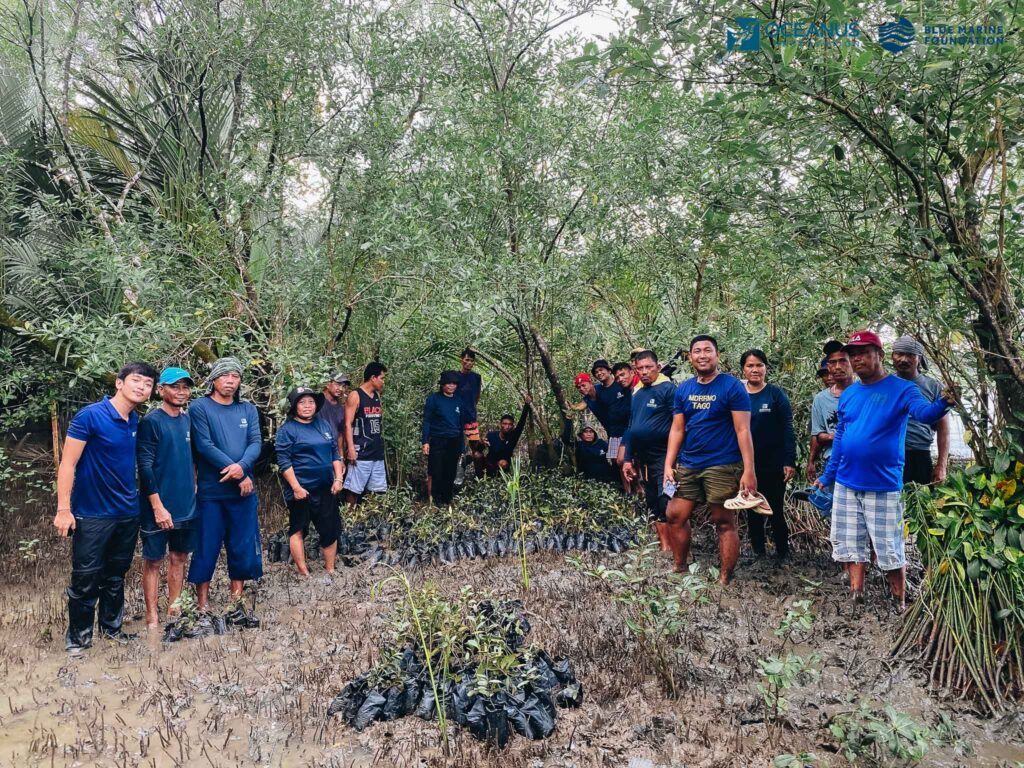
This project is made possible through the support of Blue Marine Foundation, enabling Oceanus and PAFA to work hand in hand with the LGU of Tago to protect and restore blue carbon ecosystems. Together, we envision a more resilient coastline—one rooted in biodiversity, climate action, and community leadership.
Reference:
Local Government Unit of Tago. (2022). Coastal Resources and Fisheries Management Plan
